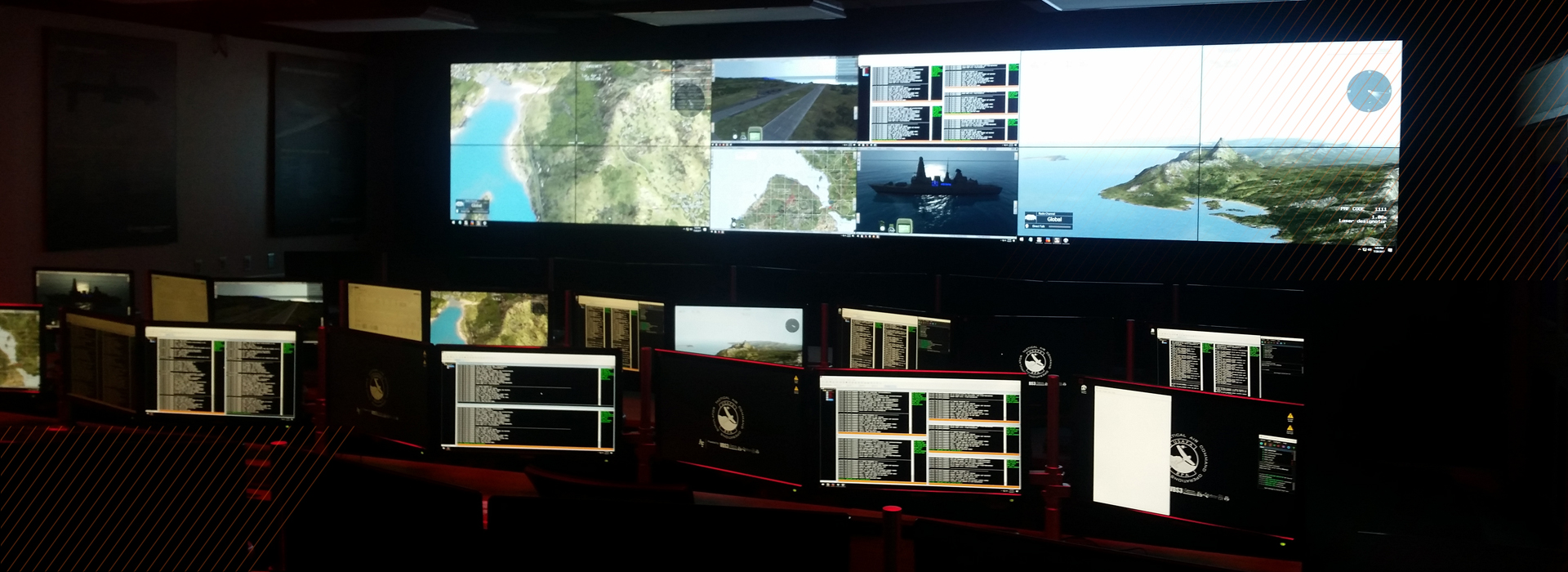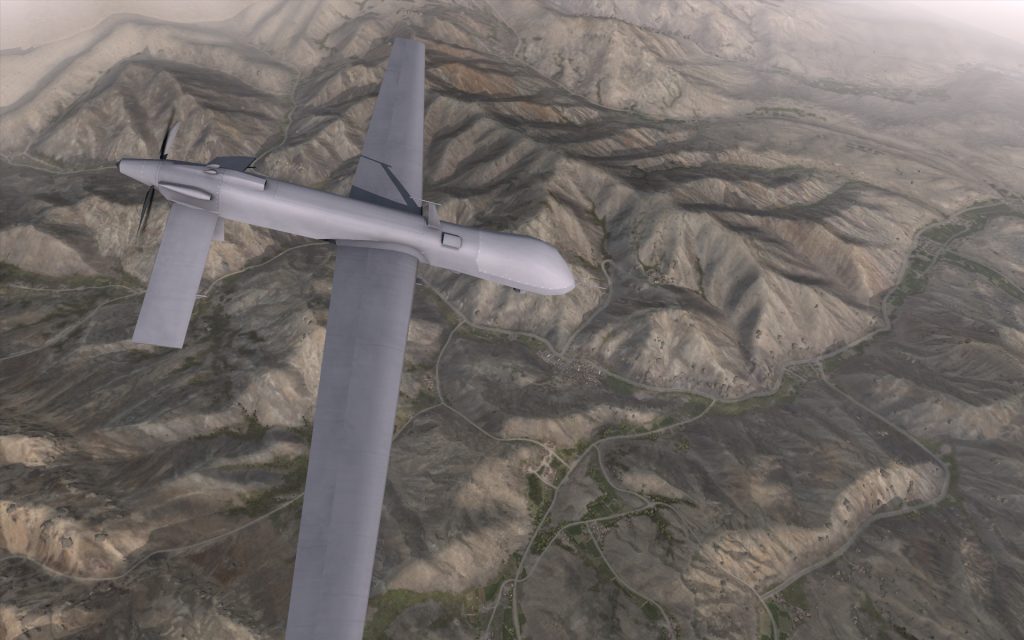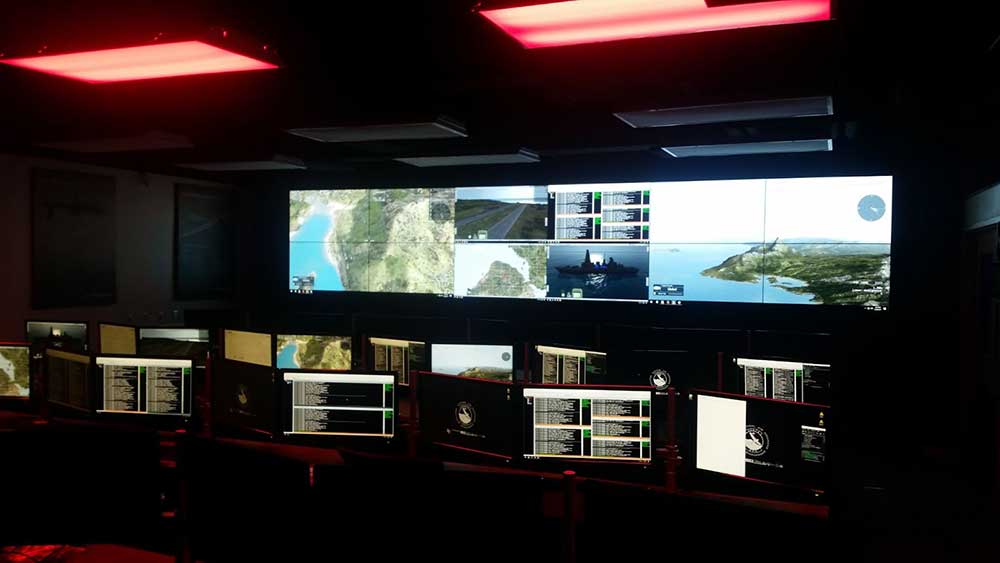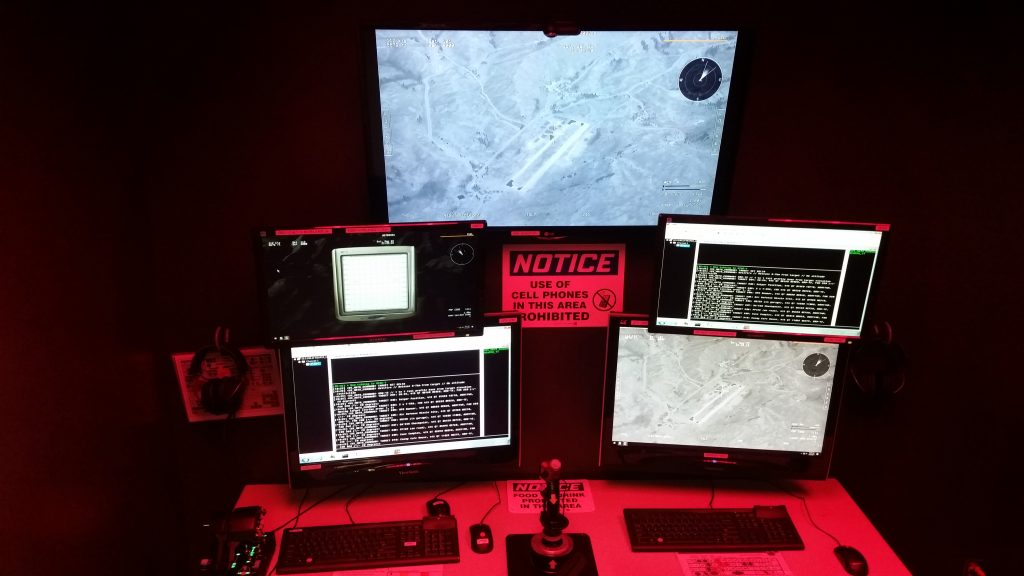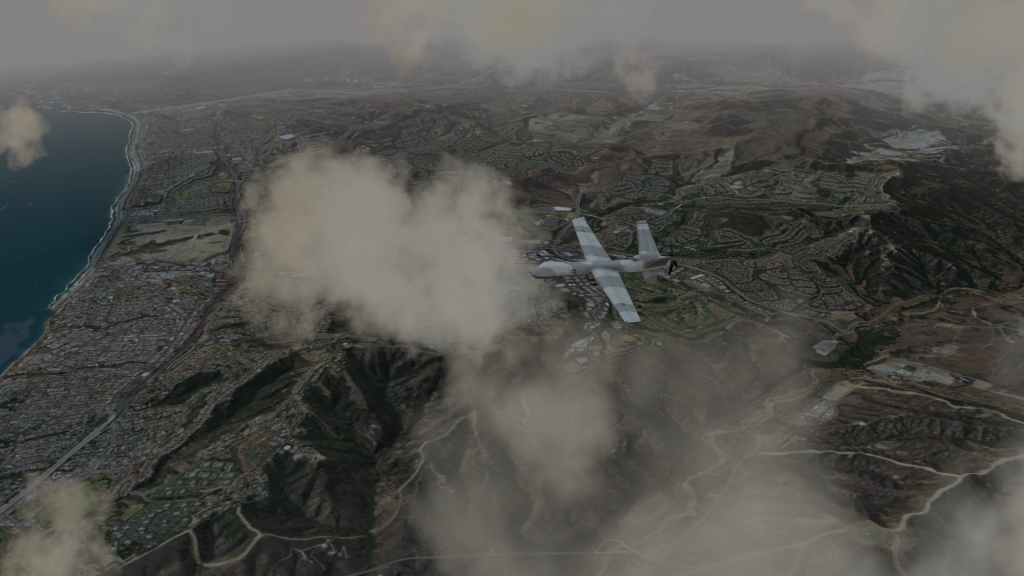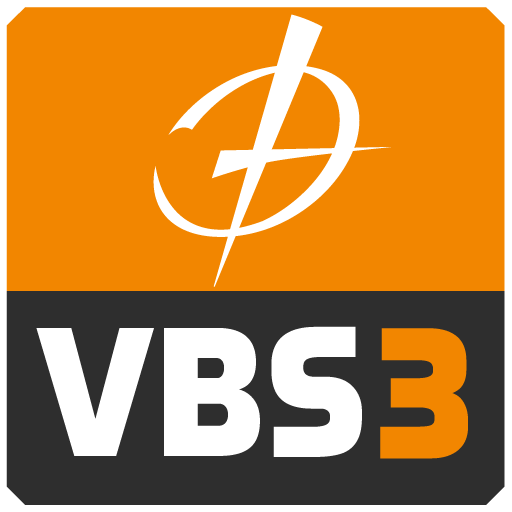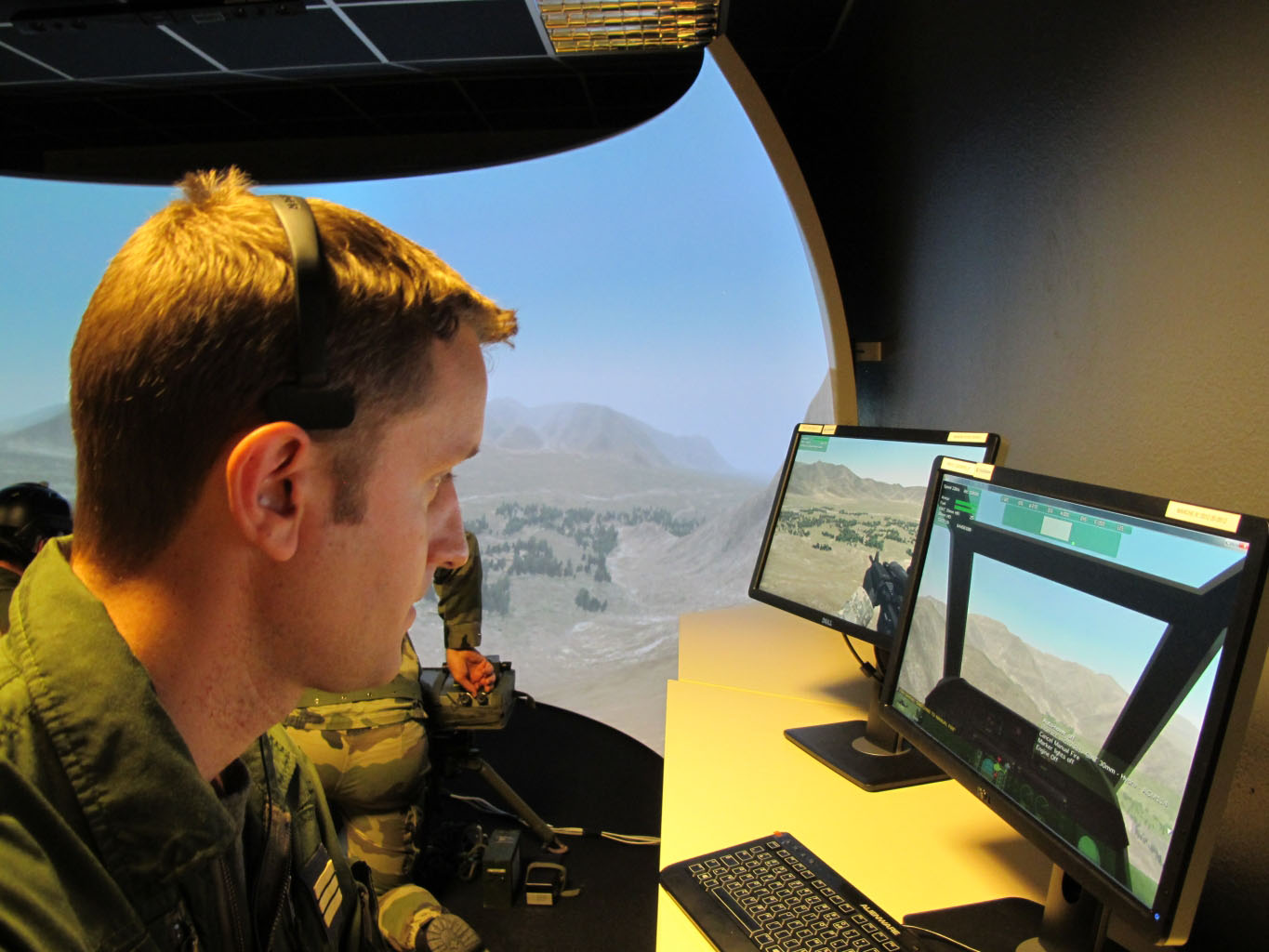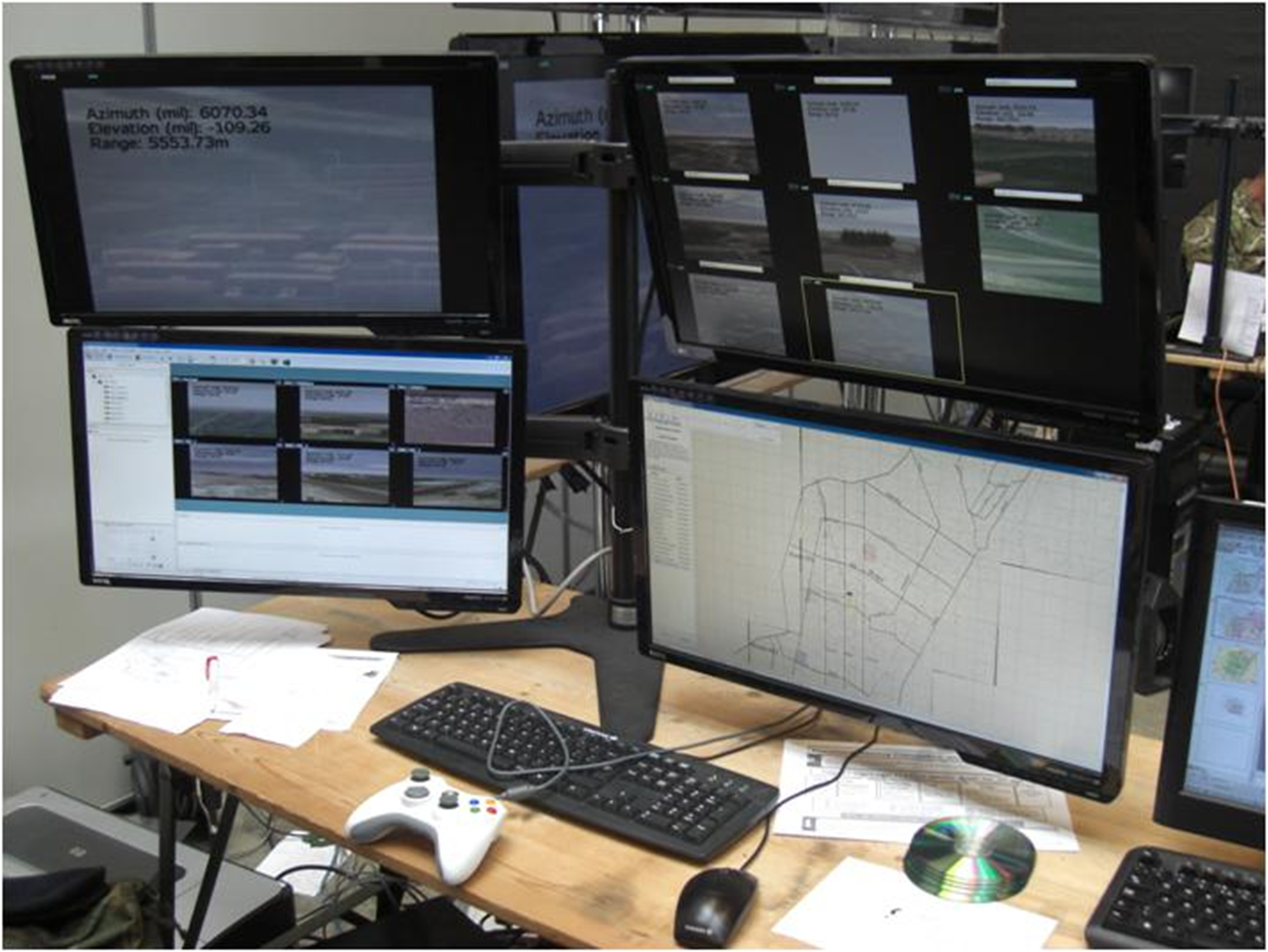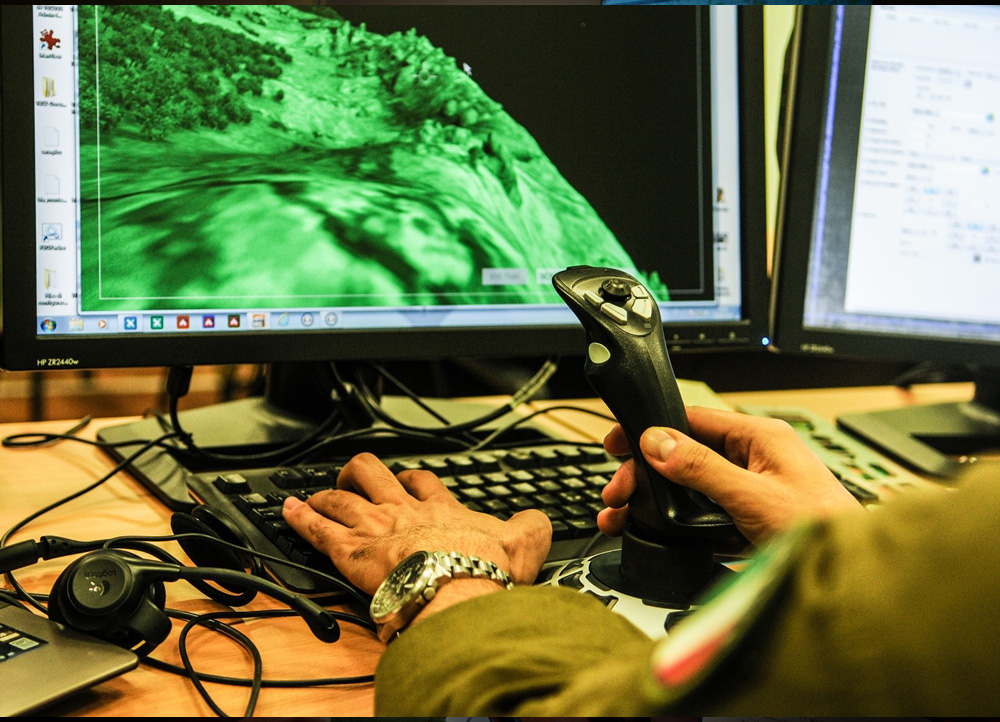The U.S. Air Force Academy sought a way to better introduce cadets to how the Air Force employs air power at the operational level. The Academy incorporated VBS3 and Fires FST into its Military Strategic Studies (Airpower and Joint Operations Strategy) course as a new method of helping cadets understand and develop airmanship skills as well as help them understand different career paths in the Air Force.
We needed a simulation that was easy to use and user-friendly for college students that helped expose them to the broad concepts of air power, and VBS3 provided that.Lt. Col. Casey Tidgewell, U.S. Air Force Academy RPA education, training, and operations
“We needed a simulation that was easy to use and user-friendly for college students that helped expose them to the broad concepts of air power, and VBS3 provided that,” said Lt. Col. Casey Tidgewell, who leads, directs, and manages all U.S. Air Force Academy Remotely Piloted Aircraft (RPA) education, training, and operations. Roughly 4,000 cadets are enrolled in the U.S. Air Force Academy annually and around 250 cadets will receive training via VBS3 each year.
In addition to simulating the air operations center experience, the course involves several scaffolded training scenarios using VBS3 and VBS Fires FST that lead cadets through basic tasks such as using a UAV to track an individual to more complex group activities, designed to test a team’s ability to take commander’s intent to support a complex special operations nighttime mission with virtual remotely piloted aircraft. Michael “Ski” Golembesky, the instructor for USAFA RPA Program who incorporated VBS3 into the curriculum, developed the scenarios using VBS3’s scenario editors and the out-of-the-box terrains.
Golembesky noted that the VBS3 mission editors allow him the flexibility as training administrator to inject new elements into the scenario or control the pace of how events unfold in an exercise, depending on how quickly students progress. Cadets use mIRC chat and voice-over IP to simulate interactions over satellite communications with instructors playing different roles. VBS3 also connects to the Academy’s RPA simulator.
“Before we had any simulation, we had students go through pre-flight for the RQ-11 Raven and would teach basic flight and controls, but we discovered there was a deficiency,” Golembesky said. “Weather in Colorado can change on a dime, which can interrupt live flight training. By using simulation, cadets gain more experience in the communications and teamwork involved with air operations centers and remotely piloted aircraft. Simulation also allows us to show a more realistic approach to how RPAs are used on a tactical level.”
Learn more about the U.S. Air Force Academy here.

